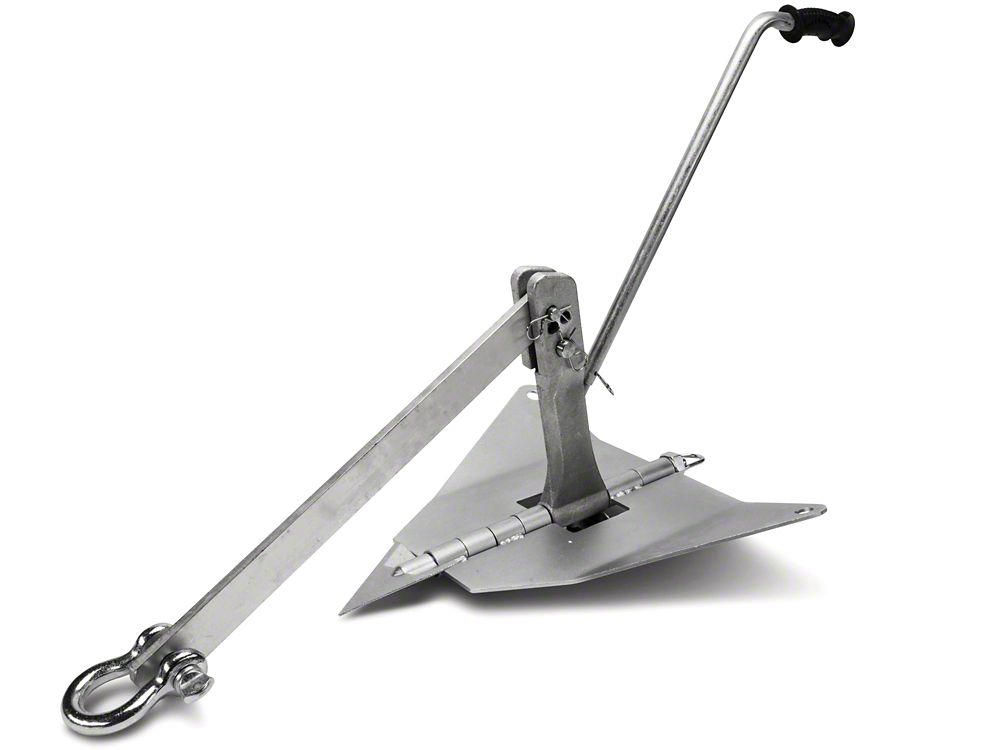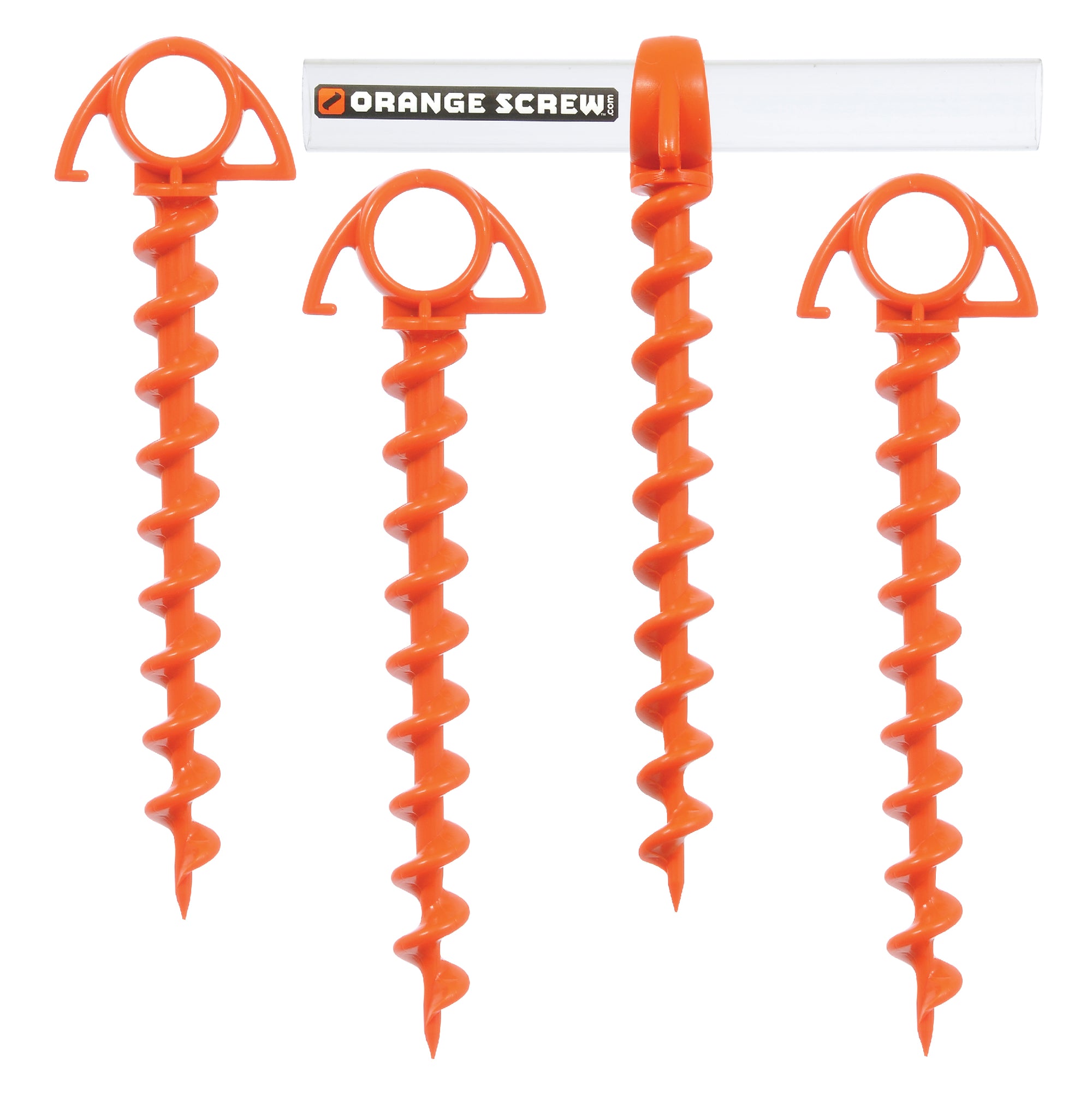Why You Need a Ground Anchor in Ensuring Property Protection
Why You Need a Ground Anchor in Ensuring Property Protection
Blog Article
Understand Why Ground Anchor Is Necessary for Safety and Sturdiness
Ground anchors are a crucial element in building and construction, giving vital assistance and security for numerous frameworks. Their capability to move tons properly to the ground not only boosts structural stability however additionally plays a substantial function in mitigating risks related to ecological elements, such as unpredictable soil and seismic activity. Recognizing the various types and applications of ground anchors can illuminate their important duty in guaranteeing safety and security and sturdiness. The intricacies of their setup and the advantages they use might not be right away obvious, triggering additional expedition right into this important topic.
Function of Ground Anchors in Building
Ground anchors play a crucial role in building and construction by supplying important assistance and security to structures. These tools are developed to transfer tons from a framework to the ground, guaranteeing that structures and other frameworks remain secure under different conditions. Ground supports are particularly vital in circumstances where dirt problems are unsteady or where there is a threat of side activity, such as on slopes or near bodies of water.
The installation of ground anchors involves exploration right into the earth to reach secure dirt or bedrock, where the supports can be firmly anchored. This process not only enhances the architectural integrity of a task however also minimizes the threats related to dirt disintegration and changing. In addition, ground supports can be used in short-lived frameworks, such as building and construction sites, where they give needed stabilization during the structure process.
Ground anchors also add to the long life and toughness of frameworks by lowering the probability of negotiation and failing. Ground Anchor. By effectively distributing and handling lots, these essential parts are vital in preserving security standards and guaranteeing the dependability of numerous building and construction jobs. On the whole, the value of ground supports in building and construction can not be overstated, as they are essential to effective engineering techniques
Types of Ground Anchors


While various kinds of ground supports exist, each serves specific applications and problems within construction jobs. One of the most usual kinds consist of mechanical anchors, grouted anchors, and driven anchors.
Mechanical anchors, such as expansion anchors, make use of a mechanical action to safeguard the support within the substrate - Ground Anchor. These are typically employed in lightweight applications, like protecting components to masonry or concrete
Grouted supports, on the various other hand, involve piercing a hole, placing a steel rod or cord, and after that filling up the annular area with grout. This approach is ideal for high-load scenarios, supplying improved stability and resistance to vibrant forces often located in heavy building.
Driven anchors are normally set up by driving a steel pole or pipe into the ground, making them appropriate for short-lived applications such as safeguarding scaffolding or formwork. They are quick to install and can be gotten rid of quickly when no much longer required.
Other specialized anchoring systems include helical anchors, which are screw-like devices used in various dirt conditions, and deadman supports, which rely upon the weight of a hidden challenge offer security. Each kind of ground support is made to fulfill certain engineering requirements, making certain safety and security and architectural integrity.
Benefits of Using Ground Supports
The benefits of using ground supports in building tasks are significant, boosting both safety and security and architectural performance. Ground anchors supply necessary resistance against lateral pressures, such as dirt motion, wind tons, and seismic activity. This resistance assists keep the stability of structures, stopping possible failures that might cause unsafe situations or expensive repair work.
Moreover, ground anchors facilitate the efficient transfer of tons from structures to the bordering dirt, making sure a well balanced circulation of weight. This tons transfer reduces the danger of moving or settling, which can compromise the stability of a structure gradually. By utilizing ground anchors, designers can also develop much more effective layouts, as they enable slimmer structural elements while keeping security standards.
Furthermore, ground supports are adaptable and functional to different soil conditions and project demands. Their installation can often be completed swiftly and with marginal interruption to the surrounding atmosphere, making them an effective choice for several building applications. Eventually, using ground anchors enhances not just the resilience of frameworks but additionally adds to a safer working setting for building and construction workers and future occupants.
Usual Applications and Makes Use Of
Various building tasks take advantage of ground supports for their efficiency in improving security and safety. These functional parts are frequently employed in different applications throughout the construction and civil design sectors. One prevalent application is in preserving walls, where ground supports provide the necessary assistance to avoid soil motion and keep structural honesty.
Furthermore, ground supports are important in safeguarding momentary structures, such as scaffolding and shoring systems, guaranteeing they stay stable during construction tasks. In the realm of structure assistance, they are utilized to reinforce existing structures, especially in areas susceptible to ground negotiation or moving dirt conditions.
Ground anchors additionally find extensive use in slope stabilization tasks, where they help reduce landslide risks by anchoring the soil to steady rock formations. An additional considerable application remains in the setup of wind turbines, where they secure the base against side pressures generated by wind, making sure functional security and durability.
Furthermore, ground anchors are utilized in tunneling jobs to support the surrounding ground throughout excavation. Their diverse applications underline the essential role ground anchors play in maintaining safety and security and toughness in numerous building situations.
Installation Best Practices
Successful application of ground anchors in different building and construction tasks depends upon efficient installment practices. Correct installment is important to ensure the supports satisfy their designated purpose and maintain architectural honesty over time. Key finest practices include complete site evaluation, which entails assessing dirt conditions, load demands, and environmental factors that might affect support performance.
Before installment, it is necessary to pick the suitable sort of ground support based on the certain application and dirt characteristics. Utilizing top notch products and sticking to manufacturer requirements will certainly improve the support's durability and efficiency. During installation, ensure that the support is placed at the right angle and depth, as these aspects dramatically influence my link load-bearing ability.
Moreover, utilizing proper tools and strategies is essential, including boring or driving approaches tailored to the website conditions. After installment, carrying out tons testing can validate the anchor's performance and identify any kind of possible problems early. Normal inspections are also recommended to keep an eye on the condition of the supports and surrounding visit this page dirt. By adhering to these setup best methods, designers and specialists can boost the safety and durability of structures reliant on ground anchors.

Conclusion
In recap, ground supports are vital elements in building and construction, substantially enhancing security and longevity. Their ability to transfer lots successfully alleviates threats connected with unsteady dirt and lateral motions. The diverse types and benefits of ground anchors, paired with their extensive applications, emphasize their significance in both momentary and permanent frameworks. Sticking to installment finest methods ensures optimal efficiency, consequently adding to the general integrity webpage and durability of building and construction tasks.
The installment of ground supports involves drilling into the planet to get to steady dirt or bedrock, where the supports can be securely anchored.The benefits of using ground anchors in building and construction tasks are significant, improving both safety and architectural performance.Countless building tasks take advantage of ground supports for their effectiveness in improving stability and safety.Effective application of ground anchors in different building projects hinges on reliable installment methods.In summary, ground anchors are important components in construction, substantially improving safety and sturdiness.
Report this page